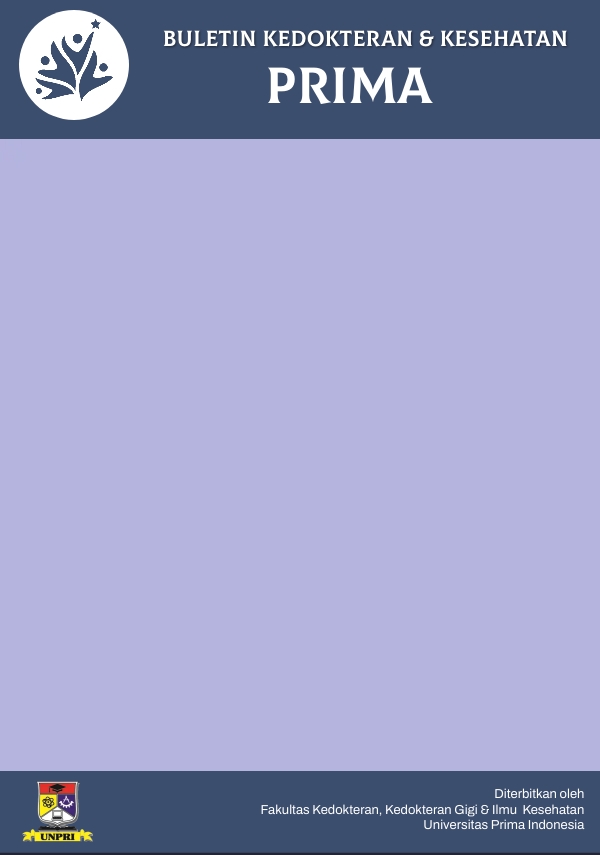Abstract
Anemia is a common complication affecting approximately 30% of pregnant women worldwide. Anemia is defined as a hemoglobin level of less than 11 grams per deciliter (g/dL) in non-pregnant women and less than 10.5 g/dL in pregnant women. This study aimed to determine the prevalence and risk factors of anemia in pregnant women. A cross-sectional study was conducted with 75 samples from 306 pregnant women who underwent ANC at the Bhayangkara Medan Hospital between January and June 2022. The risk factors studied included parity, pregnancy spacing, diet, maternal knowledge, and family support. Data regarding the risk factors were collected using questionnaires and medical records. Frequency distribution calculation and the chi-squared test were used for data analysis. The results showed that 30.7% of pregnant women experienced anemia. Chi-square test results showed that pregnancy spacing (0.001), diet (0.002), maternal knowledge (0.039), and family support were risk factors for anemia in pregnant women. Parity alone was not associated with anemia (0.306). The increased risk of anemia during pregnancy is influenced by short pregnancy spacing, poor diet, lack of maternal knowledge, and lack of family support.

This work is licensed under a Creative Commons Attribution-NonCommercial 4.0 International License.
Copyright (c) 2025 Eka Nabila Putri, Nur Asmadinah, Masryna Siagian
